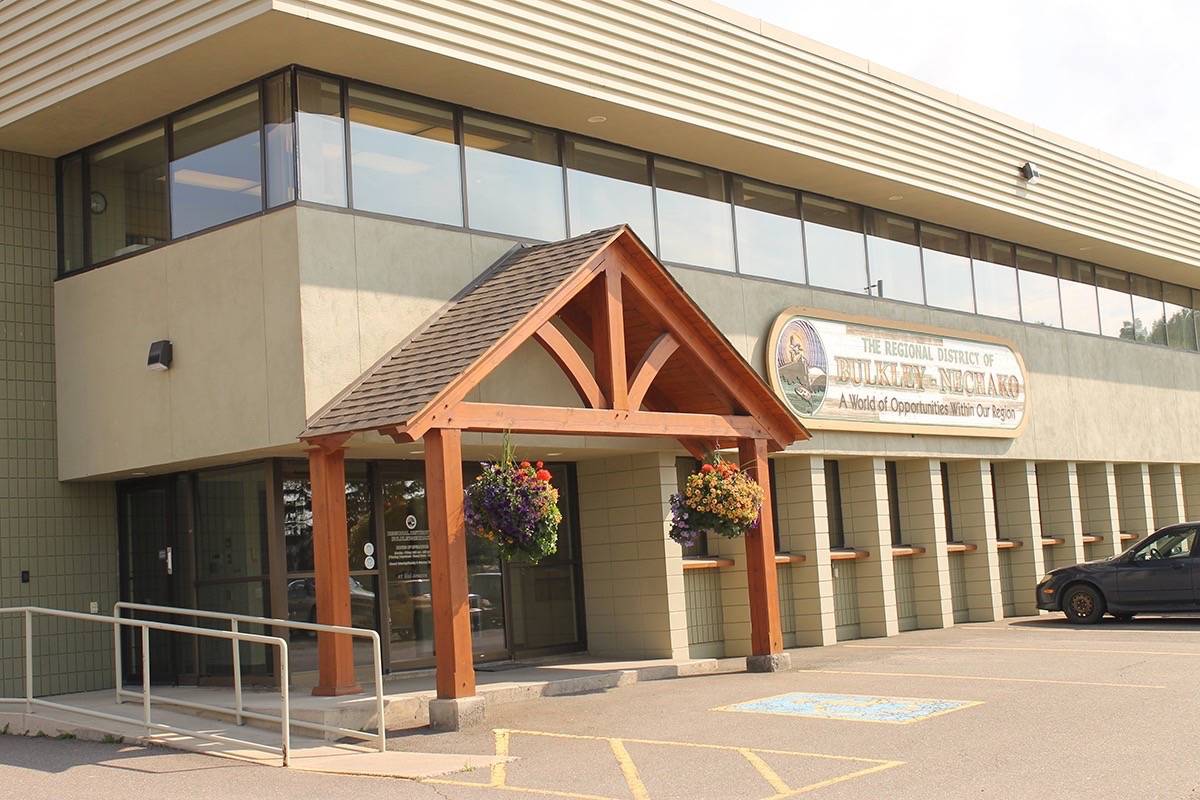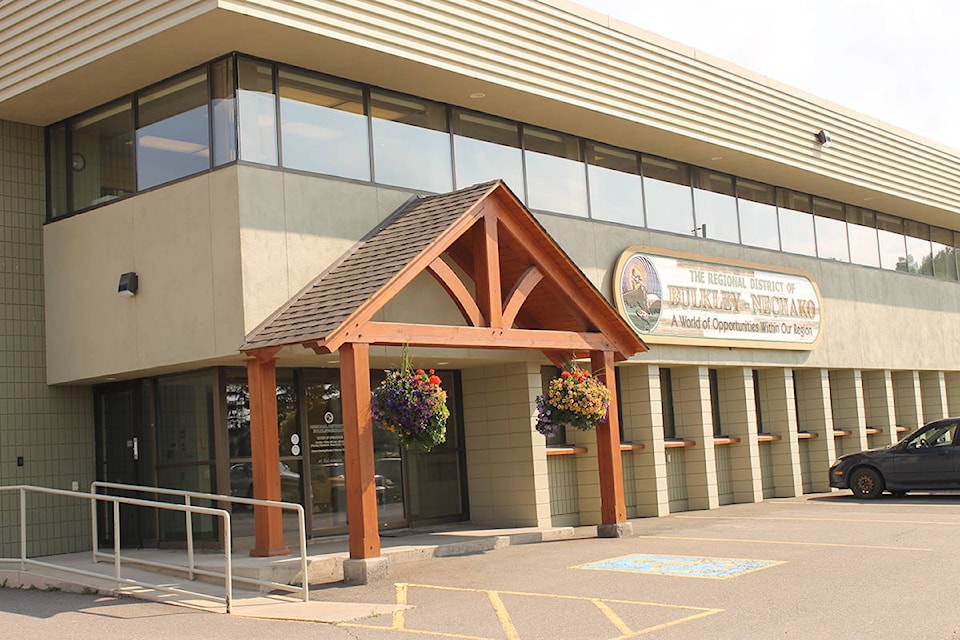The board of directors of the Regional District of Bulkley-Nechako (RDBN) is not satisfied with the responses provided by TransCanada so far with regard to pipeline concerns.
“We just had this discussion at our board table and the board expressed they were not satisfied with what we had received,” said Bill Miller, RDBN chair. “So we asked staff to invite TransCanada and the B.C. Oil and Gas Commission to our table to hopefully get some more direct answers to our questions.”
TransCanada’s Coastal GasLink has approval to construct and operate a natural gas pipeline starting from the area near Dawson Creek, B.C., passing south of Burns Lake to the proposed export facility near Kitimat.
Over the past three years, the RDBN board has expressed several concerns with regard to construction and operation of the proposed pipeline, including the location and size of worker camps.
“The location and size of worker camps, and other facilities associated with construction have not been confirmed,” states an RDBN letter to TransCanada. “Also, issues associated with these facilities such as emergency response, waste disposal, traffic management, local employment and local business opportunities, etc. have not been address beyond TransCanada indicating that plans will be developed in the future.”
The RDBN has also expressed concerns over solid and liquid waste disposal.
“There is no certainty that the RDBN may be able to accommodate certain solid waste from pipeline construction and worker camps at our landfills,” states the RDBN letter. “There needs to be discussions relating to the capacity of our facilities, our operation limitations, and our long-term costs well in advance of any requests to utilize RDBN facilities.”
In addition, the RDBN board has expressed concerns over invasive plant control, as well as fire protection and emergency response.
“TransCanada has indicated that their preference is to allow the construction contractors and worker camp operators to develop the emergency management plans once the contractors are hired; the regional district is concern that this process will result in the inability of the RDBN to ensure that the plans are adequate and will result in inconsistent plans and protocols between camps, and pipeline contractors.”
TransCanada spokesperson Matthew John said TransCanada is open to discuss any concerns with the RDBN.
“We know that the RDBN has additional information needs and we are fully committed to continuing the conversation,” said John. “As detailed construction plans are developed, and that information becomes available, we will be working with RDBN to further refine and optimize our plans.”
In July of 2016, LNG Canada announced that due to the challenges of the current global energy market, their joint venture participants needed more time prior to making a final investment decision on their proposed export facility near Kitimat. As a result, construction of the Coastal GasLink pipeline, which would supply gas to their project, will also be delayed. Prior to the announcement, Coastal GasLink expected that construction of its pipeline would begin in 2017.
“While we wait for a final investment decision from our customer [LNG Canada], we are continuing to work to ensure the project remains fundamentally sound and economically viable,” said John.
Coastal GasLink’s current permit approval will expire at the end of June. The proponent has submitted a permit extension application to the B.C. Oil and Gas Commission for another year.
The Burns Lake Band, Wet’suwet’en First Nation, Skin Tyee First Nation and Nee Tahi Buhn have signed pipeline benefits agreements for the proposed project. The pipeline proponent estimates that 2000 to 2500 jobs would be created during construction, and 16 to 35 permanent positions would be needed during operation.

